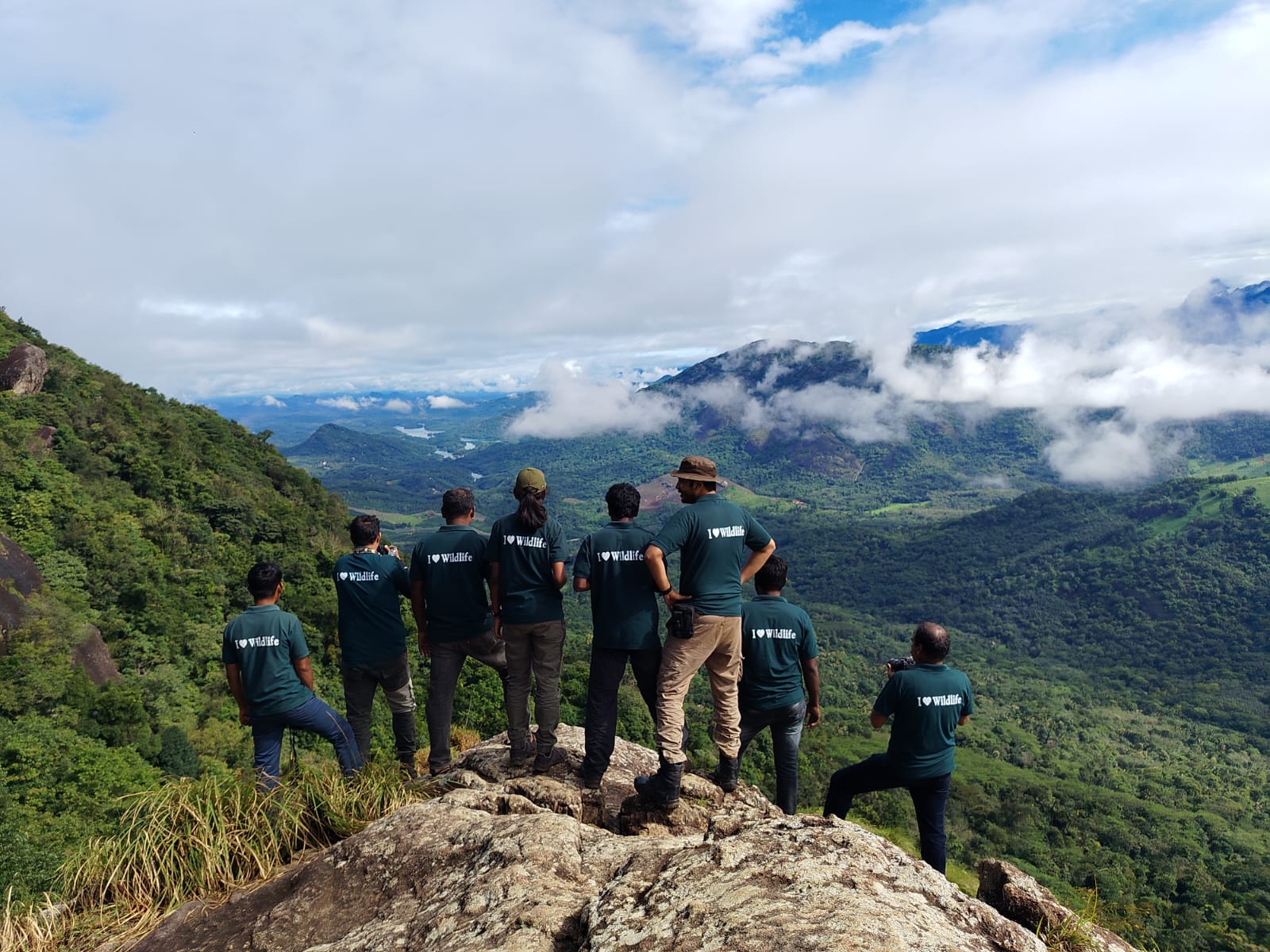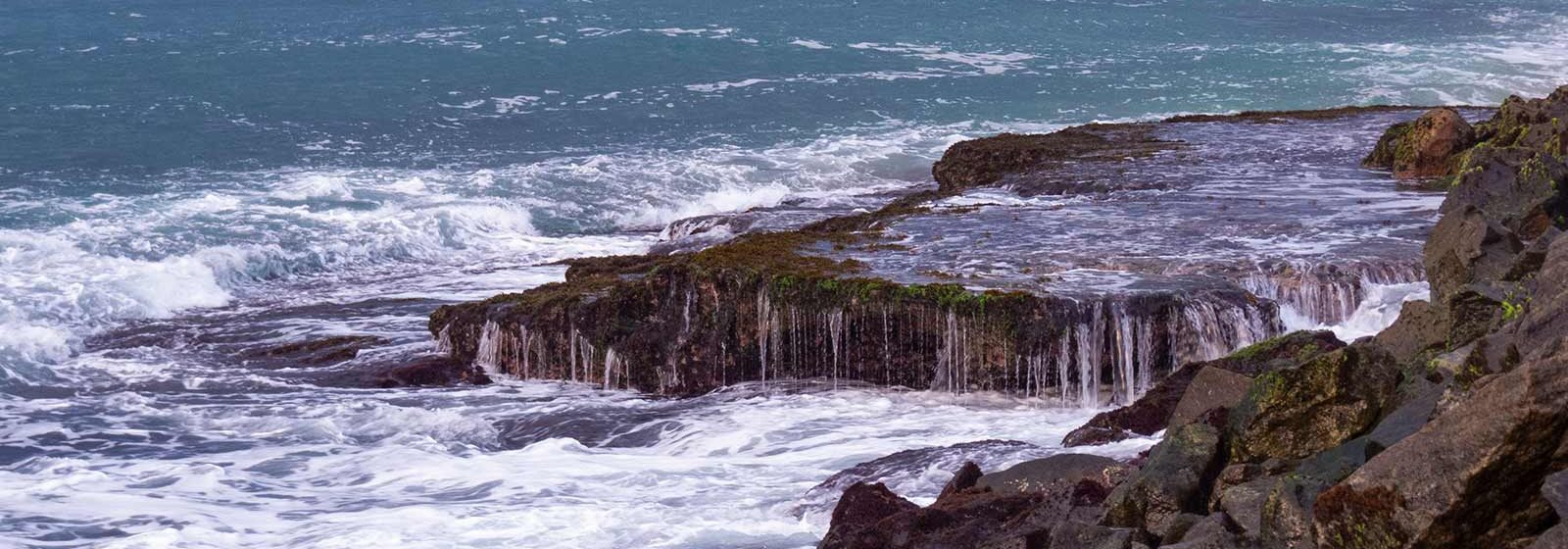Kanniyakumari is a renowned tourist place in India. Major tourist attractions in Kanniyakumari are the Vivekananda rock , Thiruvalluvar statue, Sunset/Sunrise Viewpoint and Three oceans meeting point. The rocky terrain in the sea makes the place exempt for beaches like in other coastal tourist places. One can just sit and watch the waves splashing on the rocks for hours. When you can see birds along with this scene, it’s really a bliss !
The flight of terns along with the waves is a soul relaxing sight. On a closer look, Ruddy turnstones can be spotted on the rocks.

The well camouflaged birds reveal their places when the waves hit the rocks where they feed on. These shore birds running away from the water splash was a funny sight to watch. The Common sandpiper also join these flocks sometime.
The shore vegetation is almost removed in the shores of Kanniyakumari but the last remaining shrub patches are used by birds like Oriental skylark, Paddy field pipit, House sparrow, Green bee-eater, Indian Roller etc. During migration season, flock of Rosy starlings and Blue-tailed bee-eaters can be seen in Kanniyakumari. Evenings are the best time to watch the air show of Rosy starlings.

The Mottled Lightfoot Crabs (Grapsus albolineatus) are frequently seen running on the rocks but haven’t seen any Crab plovers in this area who can feast on these crabs. Western Reef heron who almost matches with the rock color in the sea background can be spotted hunting the fishes. The soaring Brahminy kite with the bright white patch and gleaming brown wings is a common sight in the Kanniyakumari seas. At a distance, the gulls can be seen circling above the fishing boats.

Kanniyakumari district is unique for its landscapes. The district is bordered by ocean, surrounded by Western ghats hills, grasslands, evergreen forests and lots of ponds thus forming different habitats for birds. The diverse landscape indicates the rich biodiversity of Kanniyakumari district which inturn indicates that the bird life is abundant. The district is not known as a birding hotspot in Tamil nadu but with the close proximity to KMTR, this district could be clearly deemed as a Biodiversity hotspot in Tamil nadu. More exploration will surely bring out unique discoveries in this district.

